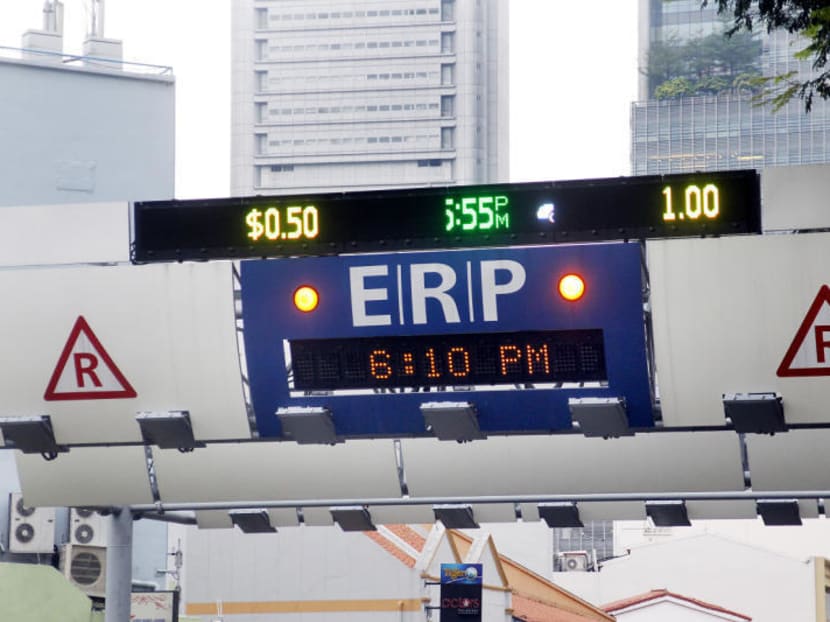More major roads may be subject to ERP
SINGAPORE — Major thoroughfares such as Alexandra Road and Holland Road may be subject to Electronic Road Pricing (ERP) if traffic speeds fall below the optimal range of 20 and 30km/h, according to the refreshed Land Transport Master Plan that was released yesterday.
SINGAPORE — Major thoroughfares such as Alexandra Road and Holland Road may be subject to Electronic Road Pricing (ERP) if traffic speeds fall below the optimal range of 20 and 30km/h, according to the refreshed Land Transport Master Plan that was released yesterday.
Other than the two roads, the Land Transport Authority (LTA) said it is also keeping an eye on Jalan Bukit Merah, Commonwealth Avenue, Telok Blangah Road and Depot Road.
These roads are currently within the optimal speed range, but the LTA added, “should these roads become congested, we will implement ERP there as well”.
These roads are near the Ayer-Rajah Expressway, where traffic congestion around the Clementi area has been deteriorating. From the middle of next year, motorists will have to pay ERP as three gantries will be installed to help improve the flow of eastbound traffic towards the city during the morning and evening peak hours.
As he launched the new master plan, Transport Minister Lui Tuck Yew yesterday cautioned about the “major consequences” of a transport model that is overly reliant on cars.
First, the environmental impact would be “significant”. While measures to reduce such impact can only mitigate, they will fundamentally not solve the problem, Mr Lui said. “Fuel efficiency and technology alone will not be sufficient to bring down transport emissions, without a reduction in demand,” he added.
Second, building a new road or widening an existing one in land scarce Singapore may mean that roads are built closer to homes and the living environment becomes noisier and less comfortable, Mr Lui said.
Despite strict policies on car ownership, Singapore’s car population grew 11 per cent between 2008 and last year, while resident population only grew 5 per cent in the same period.
“The car is not a basic necessity in Singapore given our easy access to public transport,” the new master plan said. “Going forward, we will build new roads primarily to serve new residential centres and economic activities. Expansion and improvements to existing roads will mainly be to support the movement of buses so as to bring about a better public transport experience.”
The LTA is currently studying how an underground road system could serve the new waterfront city area that will extend from Marina Bay to Pasir Panjang, via Telok Blangah. The underground road system was first mooted in the 1980s as two concentric rings of underground tunnels, each about 15 kilometres long, which would encircle the city area.










